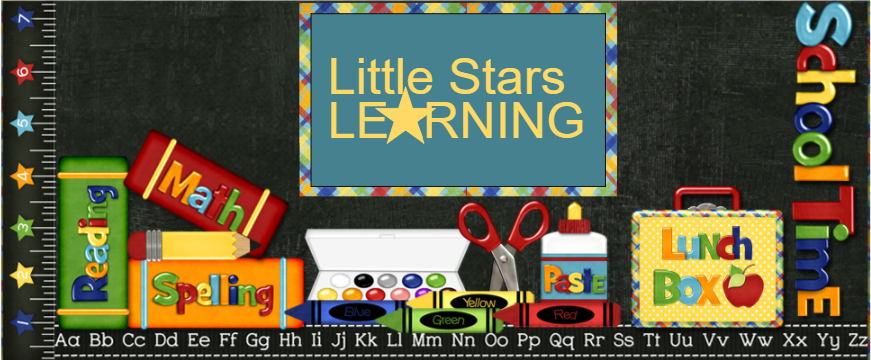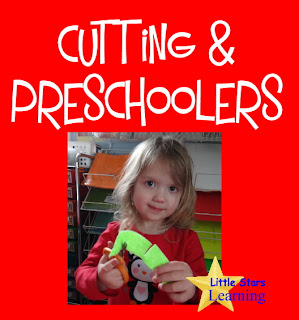
"Controlling for IQ, family income, gender, temperament, type of previous educational experience, and whether children came from single or two parent families, the study found that the mastery of early math concepts on school entry was the very strongest predictor of future academic success.
Mastery of early math skills predicts not only future math achievement, it also predicts future reading achievement," Duncan said. "And it does so just as reliably as early literacy mastery of vocabulary, letters and phonetics predicts later reading success." The opposite -- reading skills predicting math success -- does not hold up." Northwestern University 2007 study of 35,000 preschoolers in the United States, Canada and England.However, in early learning environments, most of the time and attention is focused upon early language and literacy skills.
For every 100 early childhood classrooms in session on a day, 96% would engage in language and literacy activities that day, 30% would engage in some form of art or music, but only 21% would engage in any math activities. Jennifer McCray - Erikson InstituteWe know it's important, and yet early childhood settings are not engaging in mathematics in even the most cursory manner. These are the findings for formal child care settings and preschools. Children that stay at home, stay with relatives or are in home child care settings, are most likely receiving even fewer opportunities to explore mathematical concepts.
We encourage parents and educators to provide early literacy and language activities - reading to children, teaching the left to right convention, singing the alphabet song, pointing out letters and words, sounding out letter phonics and words, correcting misconceptions and errors. Yet when similar mathematical concept activities are provided, it is often looked at as not developmentally appropriate or necessary.
Yet, mathematical literacy is not just AS important as reading literacy, it has been proven to be even MORE so.
Just as reading literacy should be introduced from birth with reading and language activities, mathematical concepts should be introduced early and often as well, as I discussed in my post Learning Math from Birth.
 |
| 18 months - 26 months |
As an engineering major my first time through college, perhaps it's my mathematically-inclined background that has always helped me view math as a vital element of early childhood education. I also remember my first introduction to multiplication in fourth grade and being affronted that no one had ever bothered to tell me about this before. It made so much sense, more sense than counting a bunch of 2's. I strive to keep apace with my students' cognition and interest in mathematics and I think it shows in their abilities.
If you read this blog at all, you know that we do math EVERY DAY at EVERY AGE in multiple ways. We graph, sort, compare and contrast, group, measure, count in context, do 1-1 correspondence, quantify, pattern, study geometry, and the list goes on. All through hands-on, playful activities.
When I wrote the blog post Higher Numbers and Preschoolers, I was surprised to be told that children my students' ages do not need to learn those concepts. That they need to be experimenting with numbers to gain an understanding of what they mean. Perhaps that would be true if my students were just beginning to be exposed to those concepts like their peers, but they've been exploring math concepts since they were 12 weeks old on a daily basis. Obviously, it has made a difference in their level of understanding in comparison to the vast majority of children who have not had the same exposure.
So if you have the care of a young child and are not currently doing activities that enhance math concepts, I strongly urge you to do so. All it takes is looking for fun, preferably hands-on or movement-based opportunities.
- Count blocks, toys, the number of flowers on a page in a book, using the CHILD's finger, or toe, or elbow to touch each one as the number is said...
- Pattern cars, blocks, rocks, Fruit Loops.
- Line up the teddy bears or dollies from smallest to biggest and the other direction.
- Measure how long some things are in the number of your hand prints and the child's and compare the two. Discuss amount concepts such as more/less, greater/fewer, a little/a lot, taller/shorter, bigger/smaller.
- Discuss time concepts such as morning, night, later, after, before, when.
- Discuss ordinal count concepts such as the third dolly in line is wearing a pink dress, you go first and I'll go second.
- Point out numbers in the environment such as price signs and license plate numbers.
- Count stair steps and anything else that can be felt through movement or touch.
- Introduce a ruler, tape measure, pound scale, balance scale, yardstick, measuring cups, etc. as tools to measure.
- Discuss the weather temperature.
- Discuss prices and money. Don't just say it costs too much, say it costs $5.46 and I don't have enough money for that.
- Discuss shapes in the environment, and not just circles and squares. A sliver of moon is a crescent, an oat container is a cylinder, a ball is a sphere.
- Deconstruct quantities into various equations, "You have 6 cars. Three red cars and three blue cars. That makes 6 cars in all. Three and three is six, two threes is six."
- "Do you want 1 or 2 cookies?" Hold up both quantities so the child can grasp the significance. Believe me. An 18 month old can figure out which is better. One PLUS two!
- Mathematics has its own language, whenever available use the opportunity to describe mathematical thinking. "If we divide this candy bar into four equal pieces, then each of us will get the same amount, one-fourth of the candy bar."
Since so little attention has been
paid to mathematics as an early introduction subject, it will be
interesting to see what children can accomplish if it is given the same
time and attention as early literacy. I know my students far
exceed my expectations of what they should be capable of
understanding.
With earlier attention to this important aspect of children's education, maybe the STEM [science, technology, engineering and mathematics] initiatives will begin to have even greater success in luring students into these fascinating and needed fields.
A few relevant lists from the video:
Content to be presented
Numbers and equations
Shapes/geometry
Measurement
Data analysis, graphs
Algebraic thinking
Processes teachers need to enable
Communicate concepts and ideas
Reason and proof concepts and ideas
Solve & represent equations and quantities
5 Principals children need to learn
1-1 Correspondence: Each only gets counted once
Stable Order: Number order is a constant
Cardinal Principle: The last number counted is the quantity
Abstract Principle: A quantity is constant
Order Irrelevance Principle: Quantity remains constant no matter the order of the counted objects
Tags: preschool, math, mathematics, early, literacy, language, concepts, theme, unit, birth, counting, logic, reasoning, gifted, toddler, infant, preschooler, child, care, daycare, research, video, mccray, erikson, northwestern university, early childhood education, teaching, education, ECE, skills,










































